As these days are being spent in transition I thought I'd include a few pictures of life around UNIS and Longyearbyen before my final field journal. In addition, here is Dion Obermeyer's project proposal to study the varies of Linnevatnet. This proposal has guided his field work at Kapp Linne and is a good introduction to what he'll expand upon on his Monday presentation. Thanks for the write-up Dion!
'My project is designed to help answer the question of how sedimentation occurs in Linnevatnet. Each year a summer layer and a winter layer of sediment are deposited at lake bottom. The couplet creates what is called a varve. Similar to tree rings, varves can be used to recreate past climate at annual resolution. To accomplish my project I am using various field and laboratory techniques. The field work, in the lake, consists of recovering sediment traps at five independent sites, a single intervalometer, and an experimental 6:1 trap. The sediment traps and intervalometer were deployed one year ago and recollected by myself and the Geo-Avengers earlier this summer. The intervalometer uses LED lights to determine when major deposition events occurred over the past season. The 6:1 trap is an experimental trap designed to reduce sediment lost from strong currents. Other data will come from four time-lapse cameras, air temperature loggers, inflow loggers, and snow trees. The cameras were used to record seasonal changes in the lake and glacier. Air temperature loggers recorded days when significant melting temperatures occur. Inflow loggers recorded the thawing of the inflow river. The snow trees record the rate of snow accumulation and melting. Once back at my home institution I will use grain size analysis to determine the summer and winter layers in the sediment traps. Using all the data collected in the field and in the laboratory will be used to determine what parameters lead to sedimentation events. The end goal of my analysis is to better understand the past years sedimentation so that the varve history can be properly reconstructed.'
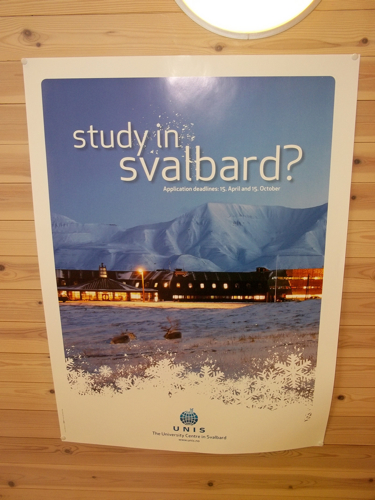
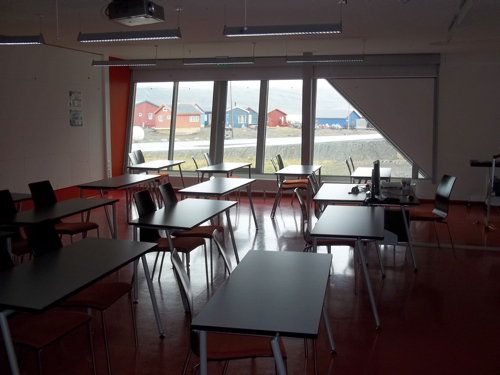

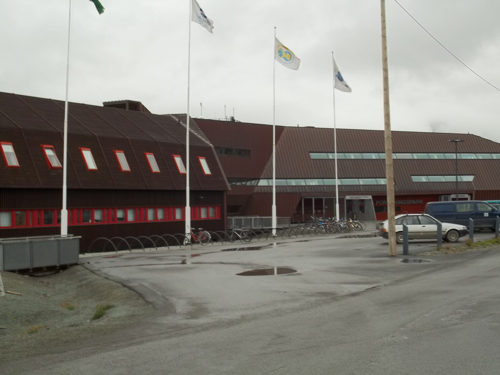
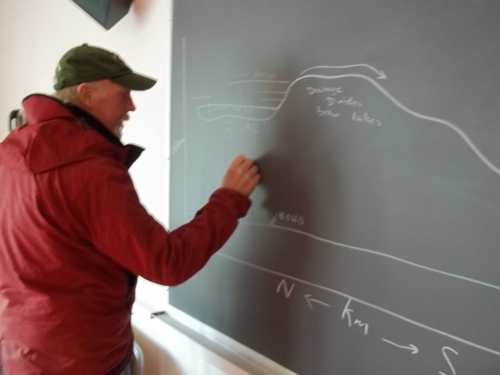
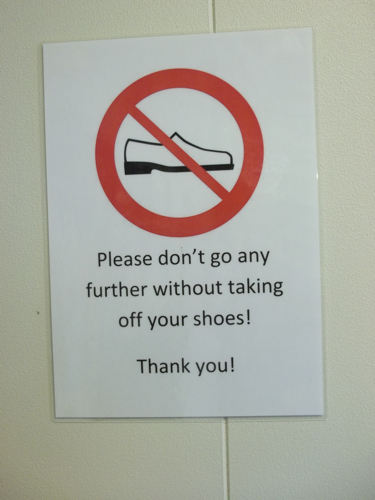


Comments